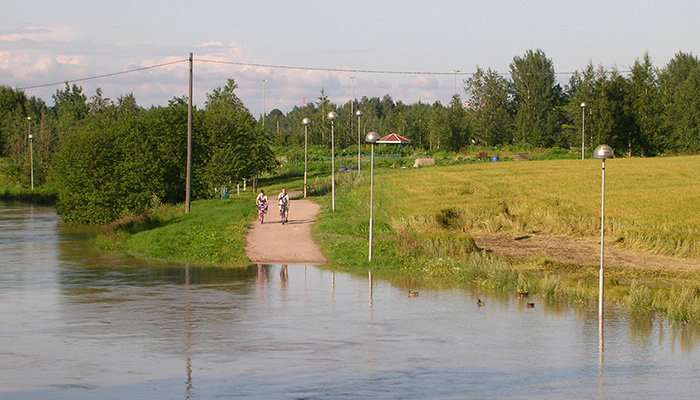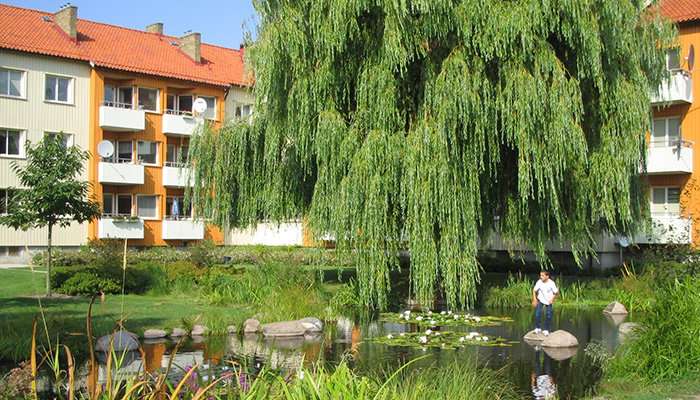Nature provides the means for the sustainable management of floods

Soon, spring and the melting snow will yet again be visible as flooding around Finland. Although major floods caused by extreme weather phenomena are rare in the Nordic countries, floods cause financial loses even here each year. Climate change is expected to increase flooding in the future.
In relation, human activities affect the water cycle of the built environment more profoundly than weather phenomena or climate change do, Aalto University researchers say.
Thinking that we are the victims of climate change or heavy rainfalls is a poor approach. We have caused many problems—and we can also resolve these," says postdoctoral researcher Nora Sillanpää from the Aalto University School of Engineering, who researches urban drainage.
For example, as urban areas are increasingly covered in asphalt, this prevents rain and melt water from evaporating naturally and their infiltration into the soil. This will mean that storm water flows into natural water courses and intensifies flooding.
"Floods have traditionally been managed with methods that are harmful to the environment and unsustainable," Sillanpää says.
An effort is being made to manage urban storm water floods, for example, by building detention ponds to which storm water is directed. The detention ponds may shift flooding issues to natural waterways

Generally, the ponds manage the symptom without tackling the problem—the fact that large runoff volumes accumulate in cities. Contaminants flow with runoff into natural bodies of water.
Researchers at Aalto University are looking into decentralised methods that can promote a more natural water cycle also in urban areas.
"In this case, natural does not mean that the solutions come about by themselves, on the contrary, they will require complex technology and engineering expertise," says Sillanpää.
Sillanpää uses the environment around supermarkets as an example. A natural water cycle could be promoted by building a green roof that would promote the evaporation of water. Permeable surfaces could be built between parking spots, ensuring that rain water could be infiltrated by the soil.

According to Sillanpää, water should not only be seen as a problem, but also as a resource.
"Instead of washing cars, flushing toilets and irrigating plants with water that is suitable for drinking, we could utilise rain water."
Provided by Aalto University


















